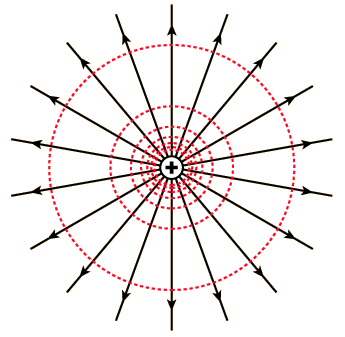NesterJ Rom/Emulator file, which is available for free download on RomsEmulator.net. You can use emulator to play the Nintendo games on your Windows PC, Mac, Android and iPhone. The size of this NesterJ Emulator/ROM is just 5.1MB only and around 11554 people already downloaded and played it. Download the NesterJ and play a wide range of games on your computer or phone. We have different versions available, but it's to download the latest one. The installation process is straightforward and there is nothing to worry about. Once you are done with it you can download ROMs and load them using the emulator options. NesterJ 1.13 is a Nintendo (NES) emulator that runs on PSP platform. NesterJ 1.13 was developed by NesterJ and you can run Nintendo (NES) games with it. The emulator's size is 5.3MB and you can download it by clicking the button below. Latest Version: NesterJ AoEX R3 Release Date: 2012/06/1 Notes for this version: Based on NesterJ 1.12 Plus 0.61 RM, so it includes features like rewind mode, cheat codes support, rotated/mirrored screen, sepia palette, support to rare mappers (the pirate bootleg FF7 works on it), etc.
- A single-dimensional array is the simplest form of an array that requires only one subscript to access an array element. Like an ordinary variable, an array must have been declared before it is used in the program. The syntax for declaring a single-dimensional array is. Datatype arrayname size.
- A two-dimensional array is, in essence, a list of one-dimensional arrays. To declare a two-dimensional integer array of size xy, you would write something as follows − type arrayName x y ; Where type can be any valid C data type and arrayName will be a valid C identifier. A two-dimensional array can be considered as a table which.
- The one dimensional array or single dimensional array in C# is the simplest type of array that contains only one row for storing data. It has single set of square bracket (''). To declare single dimensional array in C#, you can write the following code.
- A one-dimensional array is a structured collection of components (often called array elements) that can be accessed individually by specifying the position of a component with a single index value. Here is the syntax template of a one-dimensional array declaration.
Arrays are declared as follows:
There are two types of C arrays: One dimensional Array; Multi-dimensional Array; Pointer to an Array; One-Dimensional Array. This is an array in which the data items are arranged linearly in one dimension only. It is commonly called a 1-D array. Syntax: datatype array-namesize; The array-name is the name of the array.
The quantity mentioned inside the parenthesis denotes the subscript and it takes non-negative values. p[5] denotes that the range for the subscripts is 0.4 and that the array elements are p[0] …. p[4]. The first declaration int informs the compiler that the elements of the array named p can take only integer values and the second and third declarations inform the compiler that the elements of the array temp can take float values and the elements of the array a can take character values.
Following are some examples to illustrate the use of one-dimensional arrays.
Example

- A single-dimensional array is the simplest form of an array that requires only one subscript to access an array element. Like an ordinary variable, an array must have been declared before it is used in the program. The syntax for declaring a single-dimensional array is. Datatype arrayname size.
- A two-dimensional array is, in essence, a list of one-dimensional arrays. To declare a two-dimensional integer array of size xy, you would write something as follows − type arrayName x y ; Where type can be any valid C data type and arrayName will be a valid C identifier. A two-dimensional array can be considered as a table which.
- The one dimensional array or single dimensional array in C# is the simplest type of array that contains only one row for storing data. It has single set of square bracket (''). To declare single dimensional array in C#, you can write the following code.
- A one-dimensional array is a structured collection of components (often called array elements) that can be accessed individually by specifying the position of a component with a single index value. Here is the syntax template of a one-dimensional array declaration.
Arrays are declared as follows:
There are two types of C arrays: One dimensional Array; Multi-dimensional Array; Pointer to an Array; One-Dimensional Array. This is an array in which the data items are arranged linearly in one dimension only. It is commonly called a 1-D array. Syntax: datatype array-namesize; The array-name is the name of the array.
The quantity mentioned inside the parenthesis denotes the subscript and it takes non-negative values. p[5] denotes that the range for the subscripts is 0.4 and that the array elements are p[0] …. p[4]. The first declaration int informs the compiler that the elements of the array named p can take only integer values and the second and third declarations inform the compiler that the elements of the array temp can take float values and the elements of the array a can take character values.
Following are some examples to illustrate the use of one-dimensional arrays.
Example
Malloc Two Dimensional Array C
The program inputs the salary of 10 employees and finds the enhanced salary of employees with 15% raise in their salaries.
